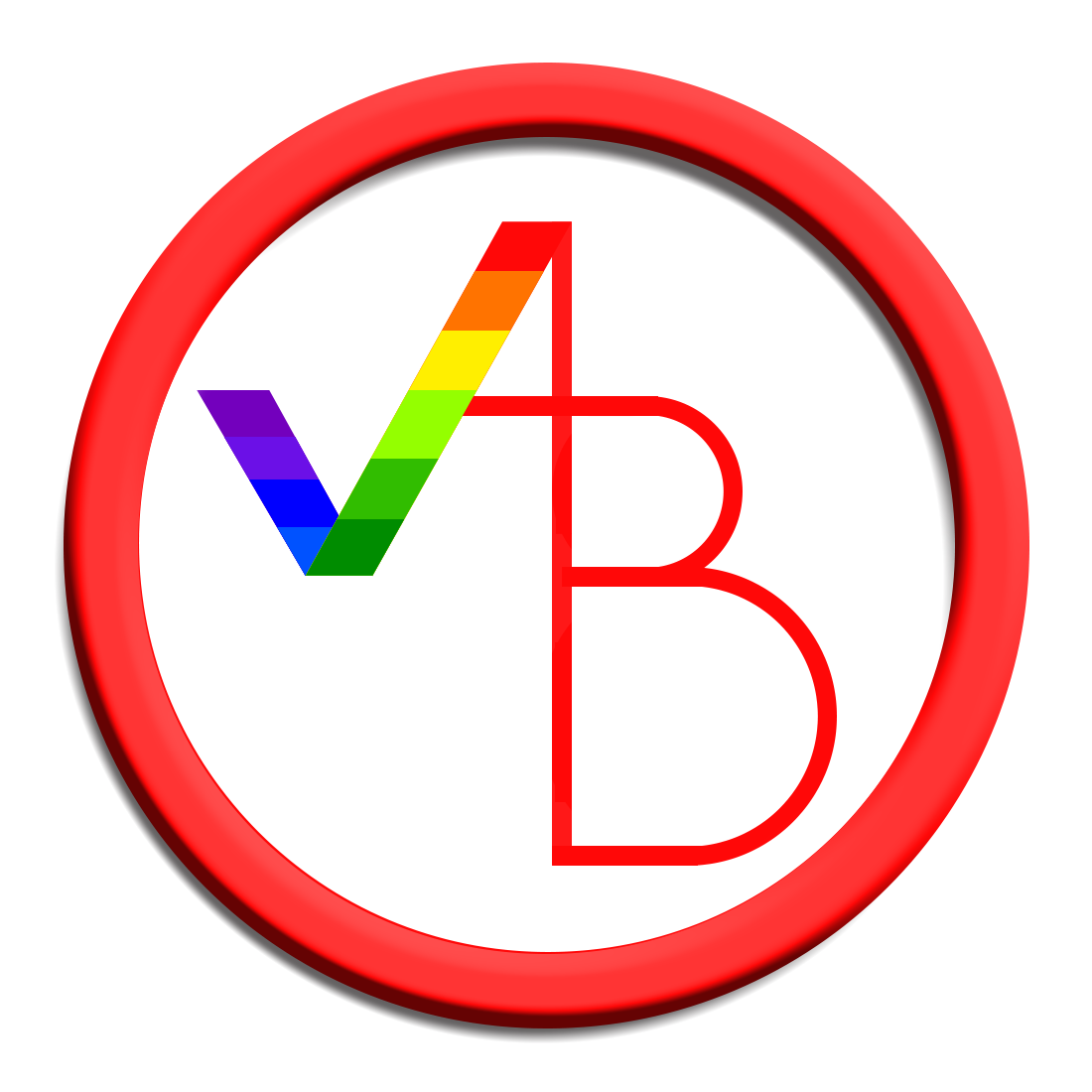Milwaukee.
The first keynote at AoIR 2009 is by Siva Vaidhyanathan, whose focus is on the Googlisation of everything (aiming low, then...). He begins by noting the largely uncritical veneration of Google and its impact on everyday life; Google is now almost impossible to get by without, which is quite an achievement for a company that is only 11 years old. One particularly notable recent project here is the Google library project which aims to digitise as many extant books as possible; where libraries around the world have for some time explored the possibility of a coordinated worldwide project, Google simply came in and got going with it. Especially troubling in this context is the cost of this to libraries.












